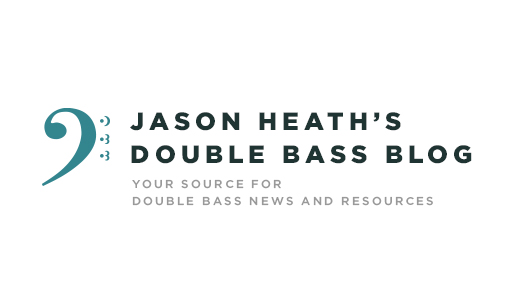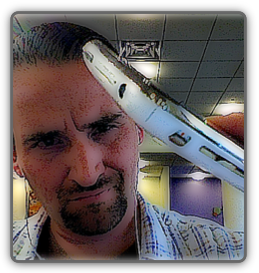
I love technology. Some of my fondest memories from early childhood include racing to Radio Shack with my father, picking out a futuristic-looking (and staggeringly overpriced) TRS-80 Color Computer, and holding my breath with gleeful anticipation as we drove home to hook this chunky and strange new thing up to our old black and white television. I’ve kept pace with the consumer technology world ever since, upgrading to the latest and greatest, sometimes slapping my forehead in chagrin after plunking down $500 on some dodgy new piece of “life-changing” gear.
I’ve hopped on the wrong tech train time and time again, and as a result have developed a healthy skepticism to trends in consumer technology, but despite looking at it from every angle (both positive and negative), I can’t help but marvel each and every day at my shiny little iPhone, a device that I use all day and every day for practically every aspect of my business and personal life. Without a doubt, the iPhone is the most disruptive technological development in the past 10 years and will reshape how most people utilize technology in their daily lives.
What Makes the iPhone Stand Out
What is so special about the iPhone, exactly? It’s just a smart phone, right? Big deal. There have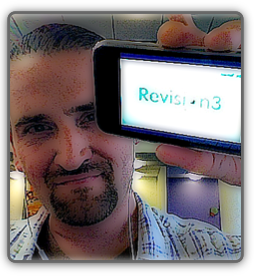
been smart phones for years, after all—what makes this newfangled device from Apple Computer so much better than all those Blackberrys and Palms?
For starters, even the name of the device is a misnomer. The iPhone, while certainly being a cellular phone, is much more than that—so much, in fact, that it should really be labeled “iThing,” “iPocket,” “iLife,” or some other (admittedly lame-sounding) name. During the four or five hours I spend using this every day, I make—at most—one or two brief phone calls. I hate phones in general, especially cell phones…..but I love this device! The iPhone functions as a replacement to at least a dozen tasks in my life as well as offering up new possibilities for communication and recreation that I’d never dreamed of prior to owning this little technological marvel.
My New Newspaper
Though I’ve been a Chicago Tribune reader ever for decades, I no longer subscribe to the physical paper. Instead, I pour my coffee, spread cream cheese on my bagel, and plunk myself down in my breakfast nook with my iPhone, reading on the phone just like a tiny little book, emailing stories I find interesting to my parents or friends, saving interesting photos for later perusal, and avoiding all those annoying advertising inserts and getting newsprint ink all over my hands. When I need to leave for work, I just drop my iPhone in my pocket and continue reading on the train, not worrying about carrying that big mess of a paper in my already overstuffed bag or trying to unfold it again on the train without annoying all my fellow commuters. I’m not throwing a big pile of paper out each day, and I’m not hunting through the sections of the paper to find the stories I want to read. My new news reading experience is efficient, eco-friendly, and actually makes me want to read more.
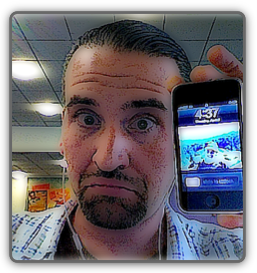 I’m not limited to just the Tribune with this little device either, and I’ve now incorporated the New York Times, USA Today, and a half-dozen other news sources into my daily read. But wait…what if I want to check the latest stories on CNN, CBS, or ABC? No problem—all of these companies have iPhone applications, allowing me to watch video of the latest stories no matter where I am, thanks to the 3G connection built into each new iPhone. What if I want to watch the weather? Easy—I’ve got the Weather Channel application, allowing me to watch the forecast and even play with an interactive map so that I can see what’s approaching or what’s happening in other areas of the country.
I’m not limited to just the Tribune with this little device either, and I’ve now incorporated the New York Times, USA Today, and a half-dozen other news sources into my daily read. But wait…what if I want to check the latest stories on CNN, CBS, or ABC? No problem—all of these companies have iPhone applications, allowing me to watch video of the latest stories no matter where I am, thanks to the 3G connection built into each new iPhone. What if I want to watch the weather? Easy—I’ve got the Weather Channel application, allowing me to watch the forecast and even play with an interactive map so that I can see what’s approaching or what’s happening in other areas of the country.
Even this (admittedly cool) use of the iPhone constitutes maybe 5% of my total usage of this device. I use it for everything—and I mean everything—in my life. I watch movies, listen to music, read books, do email, take and manage photos, play games, keep to-do lists and memos, access Facebook, edit documents, record lectures, and much more. It has, in many ways, replaced much of the functionality of my desktop computer, allowing me to do about 75% of what I need to use a computer for with a device that fits unobtrusively into my pocket. With power like that, it’s easy to see why this device is a game-changer in the world of technology.
iPhone People are Taking Over
According to a recent Nielsen Mobile survey, there are already 2.3 million iPhone subscribers in the United States alone, and with the device available in more that 100 countries, this number is considerably higher worldwide, exceeding 30 million when the iPod Touch (which replicates nearly every feature of the iPhone save for the phone functionality) is counted. This device is not solely for the young technorati either: early 50% of iPhone users are over age 35, further evidence of the disruptiveness of this device compared to other smart phones (which had significantly lo
wer rates of adoption for older adults).
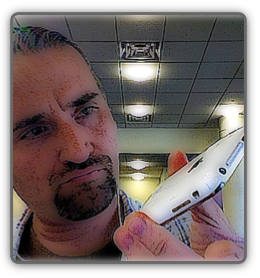 Also, iPhone users (in contrast to other such mobile devices) use significantly more of the features available in their devices. While most Blackberry and Palm users report using the device almost solely for phone calls and email, 82% of iPhone users regularly access the Internet over their devices, a rate five times higher than the average mobile consumer. Additionally, 37% of iPhone users watch video, 17% stream music, 20% play online games, and 33% instant message with their devices, rates that are 5-10 times higher than those for Blackberrys, Palms, and other smart phones.
Also, iPhone users (in contrast to other such mobile devices) use significantly more of the features available in their devices. While most Blackberry and Palm users report using the device almost solely for phone calls and email, 82% of iPhone users regularly access the Internet over their devices, a rate five times higher than the average mobile consumer. Additionally, 37% of iPhone users watch video, 17% stream music, 20% play online games, and 33% instant message with their devices, rates that are 5-10 times higher than those for Blackberrys, Palms, and other smart phones.
Medical Uses for the iPhone
In addition to these high rates of diverse personal uses (especially when compared to other mobile devices), professionals are using the unique features of the iPhone in their jobs. Nowhere is this more evident than among medical professionals. For example, medical resource company Skyscape reported in January 2009 that its iPhone user base had exceeded 100,000 medical professionals, instantly accessing drug information, drug interactions, and guidelines. Many doctors are supplementing (or replacing in some cases) their traditional clipboards with software designed for the iPhone that uses the gesture-based operating system to manipulate x-rays and access patient information. Medical students and paraprofessionals are watching medical podcasts and further enhancing their medical education through videos designed for the iPhone, and many videos are being designed for patients as well.
Most exciting for the medical profession are the new breed of devices recently introduced by Apple that allow the iPhone to interact with medical equipment to check blood pressure and other such tasks. This information could the be sent from patients to doctors, allowing for greater interaction between doctor and patient without the need for increased office visits. Clearly, these are exciting developments for the medical profession, and similar innovations though the iPhone are happening in law, business, finance, and dozens of other professional disciplines.
Final Thoughts
Clearly, the iPhone is a disruptive piece of technology that is reshaping how people envision and utilize technology in both their business and personal lives. I love the device, its applications, and all the possibilities that devices like this (but this device in particular) opens up, and I am convinced that the launch of this device in 2007 will be looked at in the future as one of those pivotal moments in technological innovation, much like the popularization of the personal computer in the early 1980s or the advent of the modern web browser in the 1990s.
Bass News Right To Your Inbox!
Subscribe to get our weekly newsletter covering the double bass world.
